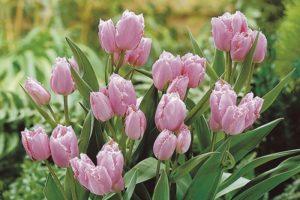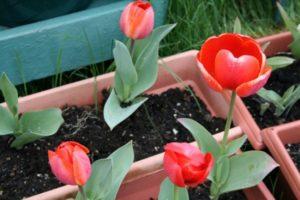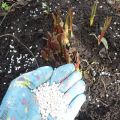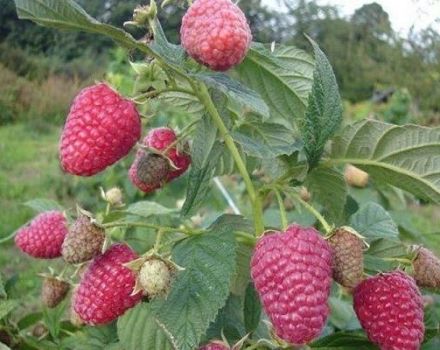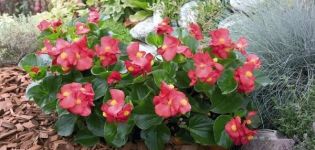Description of varieties of botanical tulips, planting and care features
Wild flowers are becoming more and more popular among gardeners, attracting attention with their natural, primitive beauty. Botanical "wild" tulips are considered the standard of beauty of spring plants, which are pleasant and easy to plant, without much effort. What varieties should pay attention to novice gardeners, and what are the nuances of their cultivation, we will figure it out below.
Morphological features
Among the morphological features inherent in all varieties of tulips are:
- small size;
- flowering begins earlier than other plants;
- resistance to diseases and pests;
The differences between the varieties are in the color of the petals. Thanks to these properties, plants are loved by all gardeners, and tulips can be found in almost every flower bed.
Botanical tulip varieties
Among the popular varieties that are popular are:
- Little Princesses;
- Turkestanika;
- Saxatilis;
- Dasistemon Tarda;
- Humilusk Odalisque;
- Pointed;
- Two-flowered;
- Forest;
- Botanical fenna.
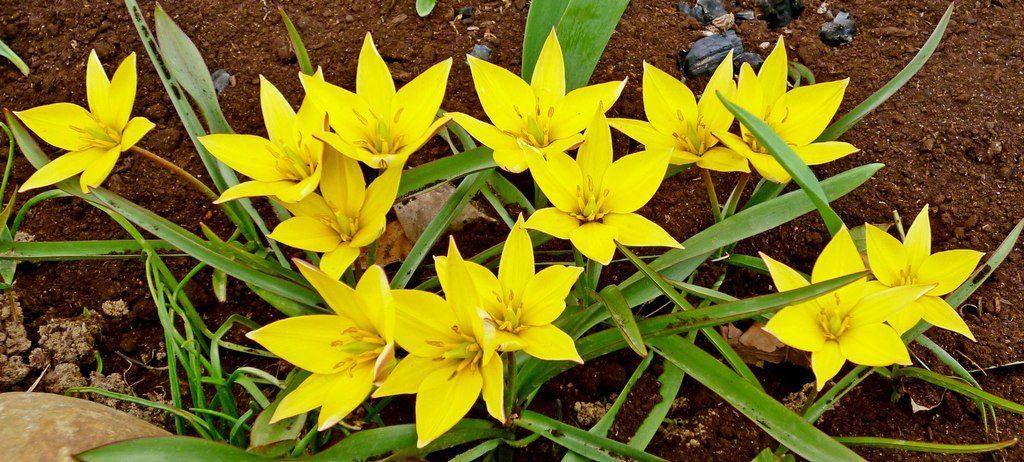
Let's take a look at the merits of each variety separately.
Little Princesses
The Little Princess got her nickname for a reason. The variety is undersized, and the average height of one plant is about 10 centimeters. When opened, they resemble stars due to the unusual shape of the bowl. Little Princess is unpretentious to care and grows well in a flower bed. The disadvantages include the short flowering time.
It will take no longer than a week to enjoy the beauty of a flowering plant. And after a month, the petals fall off, and you have to wait for a new season.
Turkestanika
A picky variety, reaching a height of up to 30 centimeters. The seeds take root well in the soil of any composition, and give a large yield. It begins to bloom in the first half of April. The flowering period is not very long - no more than 10 days. When opened, it looks like an asterisk. The color of the petals is white. The aroma is pleasant, intense.

Saxatilis
A low-growing plant, reaching a height of no more than 20 centimeters. The color of the petals is lilac, with a pinkish tinge. Flowering begins in the second half of April, early May. During flowering, the bowl opens wide, exposing the yellow bottom. The peculiarities of the variety that should be considered when breeding include the inability to produce offspring with the help of seeds. Propagates well with bulbs.
Dasistemon Tarda
Another representative of dwarf varieties of wild tulips. Distinctive features:
- in height reaches no more than 20 centimeters;
- the bowl is small - about 5 centimeters;
- the variety is unpretentious to heat, and it does not even need to be covered for the winter;
- early flowering - in March;
- the color of the leaves is predominantly yellow, but along the edges of the petals there is a white edging.
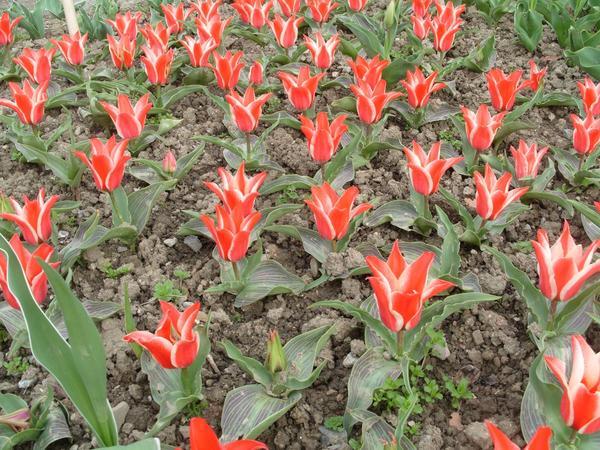
Note! Reacts well to distillation, showing intense growth and formation.
Humilusk Odalisque
The distribution area of the plant is Asia. Small dimensions. Plant height - no more than 20 centimeters. The color of the petals is bright crimson, turning into a yellow-green hue to the bottom. Early flowering. The beginning falls on the first days of April. Unpretentious to the surrounding conditions. It tolerates low temperatures well.
Pointed
An easily recognizable tulip variety, memorable to everyone who sees it due to the unusual shape of the petals. Unlike other "relatives", the petals of this plant have an elongated shape, sharpening to the tips. The pointed one is interesting in that the history of its origin is unknown, and it is not a botanical one. Reaches 40 centimeters in height, having a yellow bowl with red tints.

Two-flowered
A rare specimen included in the “Red Book” by the defenders of wildlife. The name is not entirely justified, since 1 to 3 buds can grow on one peduncle. The color of the petals is purple, changing to yellow towards the base of the bowl. Plant height - 25 centimeters. Propagated by seeds and bulbs.
Does not require increased attention from the gardener, feeling great with minimal maintenance.
Forest
When choosing this variety for breeding, it must be borne in mind that in the wild, the plant shows unstable flowering results. The bulb can simply release a stem with leaves, without a bud, and flowers on some specimens appear no more than 1 time in 2 years. However, despite this drawback, the bud has a pleasant, pale yellow color that will decorate any garden or flower bed well.
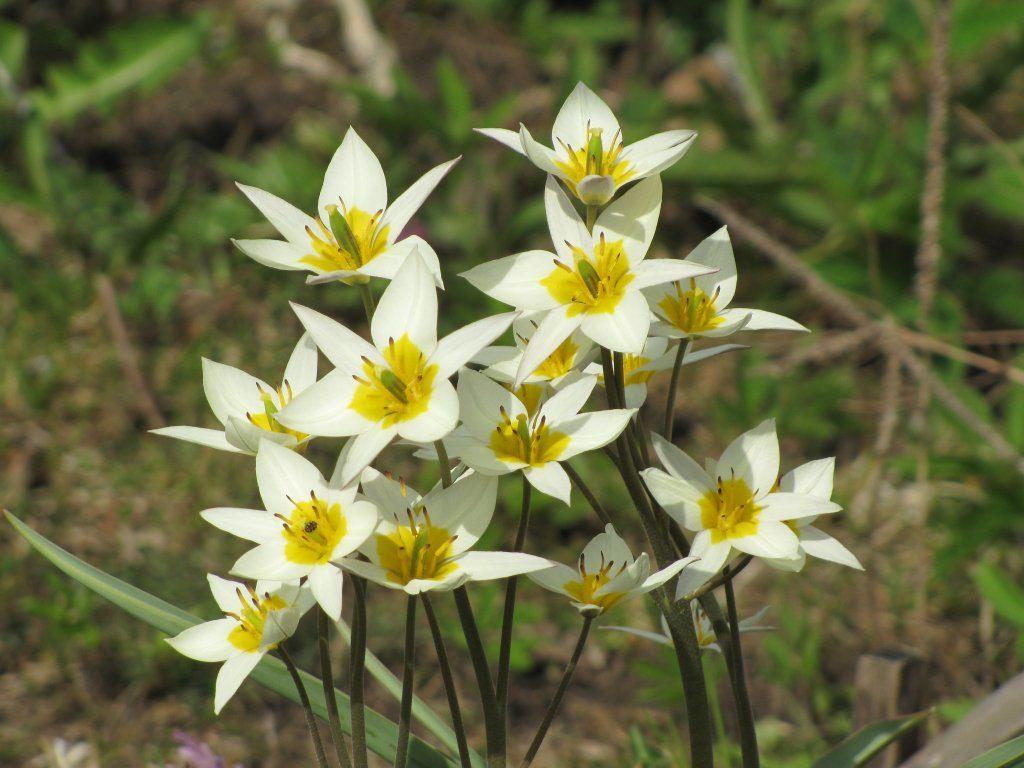
Botanical Fenna
A large variety that grows up to 50 centimeters in height. The color of the leaves is fiery red. Loves well-lit areas of the terrain, but calmly tolerates frosts, without requiring a separate shelter for the winter.
Landing specifics
Planting botanical tulips is carried out as follows:
- The planting of the bulbs is carried out in such a way that a stable root system has time to form by winter. For Central Russia, the best time is the second half of September, early October.
- The bulbs are planted at a depth of 3 of their sizes, which for an average specimen is 9-10 centimeters.
- The distance between the bulbs is 5-10 centimeters.
- After the first planting, for reliability, the earth is mulched. Further seasons, the tulip copes on its own.

The nuances of care
When breeding a plant, consider the following nuances:
- In one place, without transplanting, the plants bloom stably for 5 years.
- In regions with rainy summers, dig up the bulbs every year.
- Choose large bulbs for fall planting.
- Every year the bulbs go deeper and deeper, while their size decreases. In this regard, it is not worth delaying the transplant, realizing it every three years.
Diseases and pests of botanical tulips
Botanical tulips have a strong immunity that allows the plant to resist most pests and diseases inherent in the variety.

Despite this, immunity sometimes fails, and the plant is affected:
- Fusarium.
The ground part of the stem begins to turn yellow and dry. The bulb is covered with a grayish bloom. Such plants are removed from the garden along with the ground, after which they are burned.
- Variegatedness.
The leaves of the plant are covered with noticeable stripes or specks.They do not seriously harm the flower, but they inhibit development.
- Root mite.
The air at the planting site begins to smell unpleasant, and the bulbs take on a brown color, after which they begin to rot.
